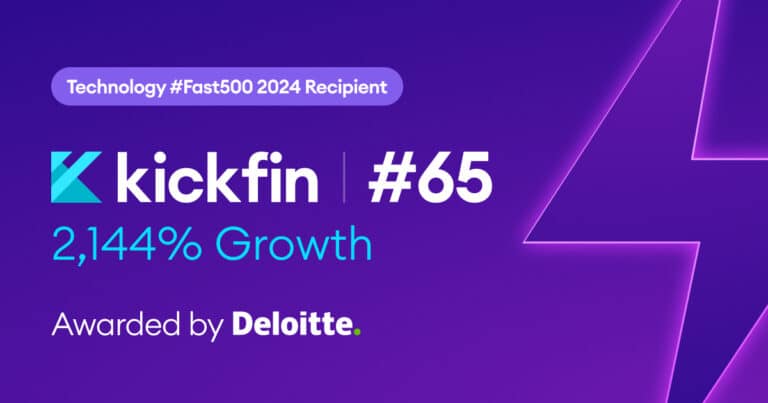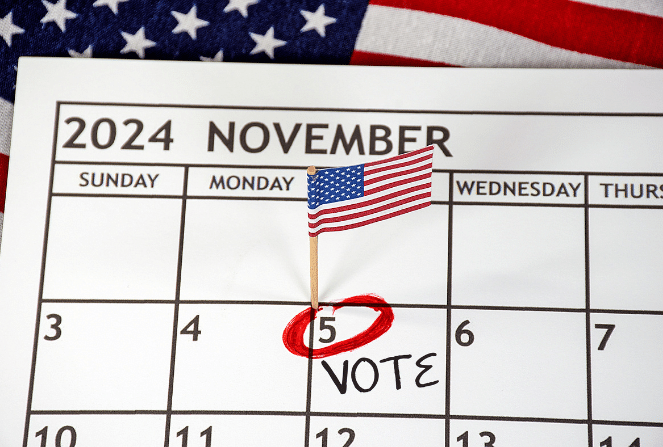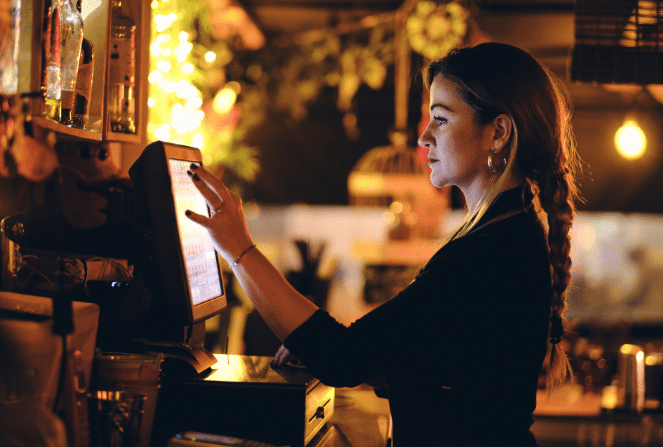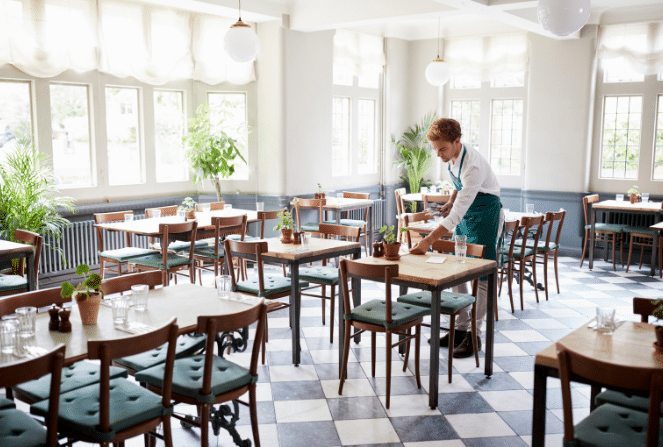If you don’t know Fred LeFranc, you should.
A true restaurant industry veteran, Fred has spent his entire career in hospitality. He’s earned a reputation as a passionate advocate, a change agent, and a trusted advisor to countless executive leadership teams and CEOs across the country.
Fred co-founded Results Thru Strategy in 2006 and currently serves as managing partner. RTS works with clients to identify their competitive edge, evaluate their operations, and develop strategies that achieve consistent, meaningful growth. Recently, Fred also became CEO of Engleman’s Bakery, a wholesale bakery operation based in Atlanta.
He and his colleague Briana Brenson, Chaos Coordinator at RTS, sat down with Kickfin to discuss the current state of the supply chain — an ongoing Covid-era problem with no end in sight. Here’s their take on the situation and some tactical advice for restaurants struggling with supply chain headaches.
How did we arrive at this massive supply chain disruption?
As we all know, when Covid first hit, everything shut down. Production slowed or even ceased for some goods. (Remember the toilet paper shortage?)
But pretty soon, we started seeing this surge in demand when everything began to reopen. The supply chain simply couldn’t keep up — and it still can’t.
It’s happening across every industry. Things overseas are a mess. We’ve got gigantic ships, full of containers, just waiting offshore to be unloaded. Part of the problem is that even when there are people to work (the longshoremen are there) these two-week quarantines are sidelining a lot of the manpower.
Food and beverage has been hit hard. It’s having a huge impact on restaurants. Even major players like Chipotle and Starbucks are saying they can’t get their product.
What are you telling RTS clients who are in the thick of this mess?
It’s a nightmare. Too much business, plus supply chain problems and a worker shortage — it’s truly a perfect storm.
Fortunately, it’s not going to last forever. And to help them make it through the storm, we’ve been repeating this mantra to restaurants: “Less is more. More with less.”
Unpack that for us. What do you mean by “less is more?”
Less is more is about adjusting the menu to items that have appeal, profit and ease of production.
Menu creep always happens. Menus get bloated because we’re afraid to take anything off. Even the slowest selling item is someone’s favorite. People complain when menus change.
But if you’re intelligent about it, less really is more. Moving toward a smaller menu is going to allow you to be more efficient.
As an example: most restaurants have four stations. During a pandemic with a supply chain problem and a worker shortage, maybe try to revamp your menu so that you can move to three or even two stations.
The mono-concepts that focus on one product are already benefiting from this. Think about it — you don’t get a chicken wing at In-N-Out. Those concepts make even more sense now. As much as you can focus on a single product or concept, that’s going to help you reduce variables on the supply chain side, and it’s going to help you make it through this tough period of time.
And what about “more with less?”
Do more with less. That is, do more with fewer people.
Automation and robotics are helping to fill in labor gaps for a lot of restaurants. We’re seeing an increase in the use of “co-bots” — for example, a robot starts the pizza, then humans add the final element.
QSR especially is changing the way they’re doing things. The days of cashiers in QSR are essentially gone. And there’s more automation in the kitchen — technology like Chowbotics is making that possible.
There’s also the phenomenon of delivery and drive-through, and it’s really driving change in the fast casual space. For example, it used to be that if you wanted Panera, you had to drive over there. Now, with third-party delivery, there’s this ripple effect. People just want the food, and they don’t care where it’s coming from or how it appears in their hands.
Shake Shake, IHOP, Cracker Barrel…you’ve got all of these brands reevaluating their physical space, and they’re experimenting with QSR, drive-thru, delivery.
We’re at a real inflection point in the industry. Covid is where the pivot started, but now that we’re on this path, we’re not going back.
So you’re saying that we’ll continue to see a trend away from dine-in, even post-Covid?
Demand for in-house dining is still high. And to be fair, independent restaurants were kicking the big chains’ butts before Covid when it came to dining-in. But now with the pandemic, the food you love can be brought straight to your home.
Which means if I decide to actually go to a restaurant, it has to be a truly great experience. That’s where the independents will always win, and the chains will struggle. But right now, the chains are the ones that have the resources to more easily survive the pandemic.
Everyone’s talking about the labor crisis. What’s your take? How can restaurants “win” at hiring right now?
If you’re hurting for staff, take a look at what other folks are doing. Sign-on bonuses, retention bonuses, tuition assistance, free iPhones. It depends on how bad your staffing problem is.
Personally, I think the hospitality employee is — in a way — getting revenge for years of being undervalued. And I 100% believe that people have a right to a living wage. But if you’re paying $15 an hour, you need to make sure the job they’re doing provides value and ultimately a good return. So here again, automation may make sense for certain types of service roles and functions. I also think we can figure out a way to balance out the economics — to charge a little more so that we can pay a little more, and create value for everyone.
I would stress that restaurants need to focus just as much on turnover as they do on hiring. Turnover is a hidden cost, but it’s a huge cost. And the churn rate in this industry is astronomical.
So we’ve got supply chain disasters, labor shortages, Covid surges…what’s your best advice for restaurants that are holding on for dear life?
Look, we’re more resilient than we thought we were. Yes, hospitality got hurt. The independents really got hurt. Some of them went out of business permanently.
But the good news is that if you’ve made it this far, there are things you can do right now to continue to stay afloat, and even achieve growth: Evaluate. Reduce. Maximize. More with less, less with more.
Interested in learning how Results Thru Strategy works with restaurant and hospitality concepts? Contact them here.




